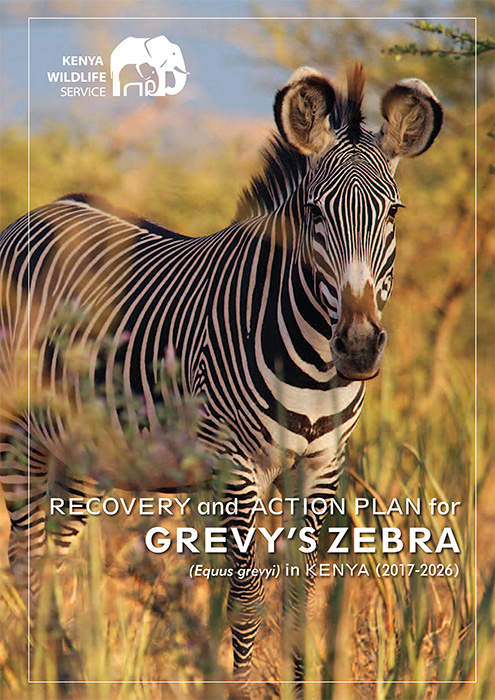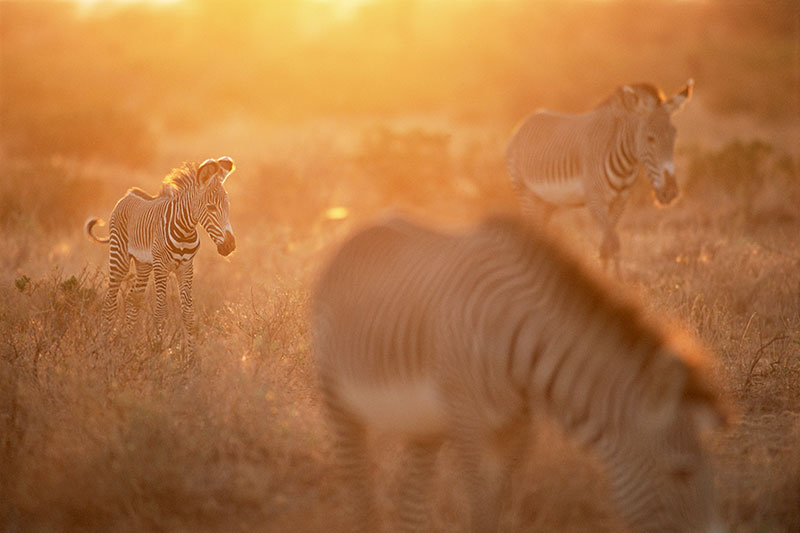© James Warwick
Grevy’s Zebra Technical Committee
The sustained decline in Grevy’s zebra numbers and range has been a major concern to stakeholders in Grevy’s zebra conservation in Kenya. It was recognised that the conservation of Grevy’s zebra and its semi-arid ecosystem in Kenya and Ethiopia will require commitment and coordination among all stakeholders to ensure the future survival of this species. This led to the formation of a Grevy’s Zebra Task Force in 2004, chaired by the Kenya Wildlife Service, to coordinate Grevy’s zebra conservation efforts in Kenya. A major output of its meetings was the need to develop a national Grevy’s zebra conservation strategy. The Task Force has since evolved into the Grevy’s Zebra Technical Committee, which provides guidance to ongoing and proposed Grevy’s zebra research and conservation efforts. The following organisations sit on the Technical Committee which is convened and chaired by the Kenya Wildlife Service: Grevy’s Zebra Trust, Kenya Wildlife Service, Lewa Wildlife Conservancy, Marwell Wildlife, Northern Rangelands Trust, Princeton University and Zoological Society of London.
Current Recovery & Action Plan
The implementation of Kenya’s Recovery & Action Plan for Grevy’s Zebra (Equus grevyi) in Kenya (2017-2026) is being undertaken by the Grevy’s Zebra Technical Committee with coordination led by the Kenya Wildlife Service (KWS). The latest revision of this document took place in 2017, taking into account the conservation challenges, successes and priorities emerging from the past four years, and focusing on actions for 2017-2026. Tracking of progress will be done biannually at the Grevy’s Zebra Technical Committee meetings and strategic reviews undertaken every three years to ensure that the status of threats is updated and that these threats are being effectively addressed.


